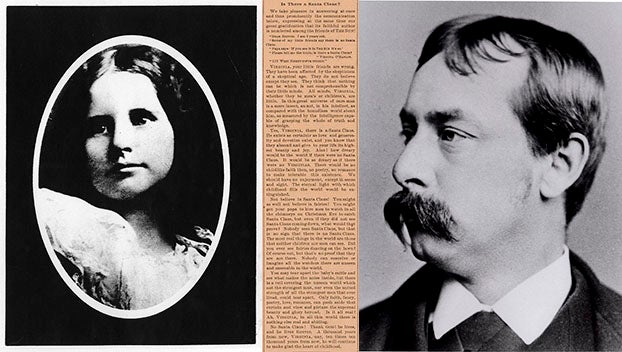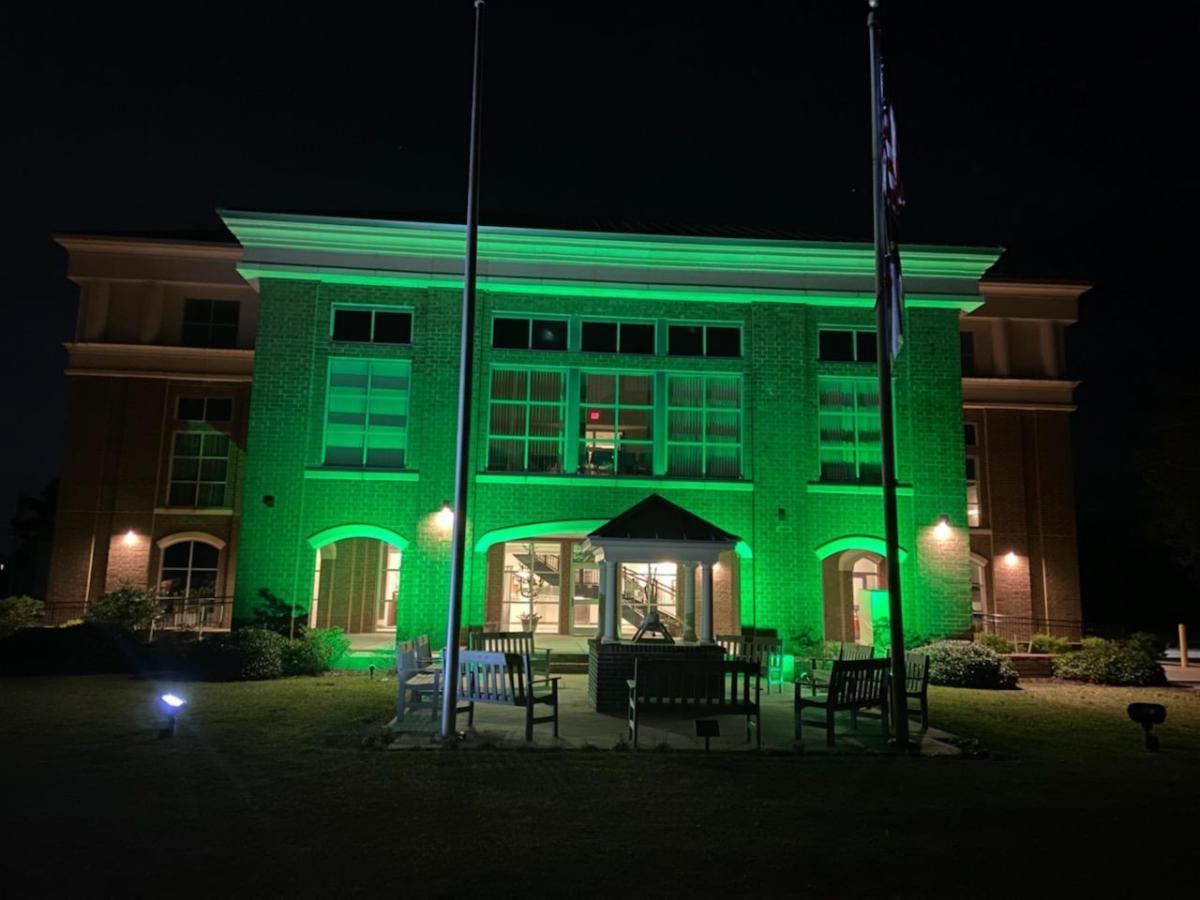Tread lightly, DPI
Published 4:54 pm Thursday, November 2, 2017
North Carolina’s State Board of Education made its first pick Thursday of a low-performing school that qualifies for state-level oversight.
Southside Ashpole Elementary School in Robeson County is the first among an eventual group of five elementary schools labeled as the lowest performing in the state. These schools will be moved into the Innovative School District, which “will partner with local communities to design and implement strategies for school improvement, creating innovative conditions for accelerating student achievement,” according to the state Department of Public Instruction’s website.
This idea for state-level oversight was voted into law last year. The state will designate “qualified educational turnaround partners” who will work with the selected schools over a period of five years, with an end goal of returning management power back to the local school district.
North Carolina’s Department of Public Instruction should tread lightly and cautiously when it comes to the Innovative School District.
State-level officials are undoubtedly labeling schools as “low performing” based on test scores, data and numeric-based growth from year to year. As many educators can attest, however, operating a school has to involve more than numbers.
North Carolina contains a vast array of counties — some in high-income, urban areas and others in rural, Tier 1 areas. Some schools have students with more behavioral problems and less parental support than others. Some may be located in crime-stricken areas with limited resources and/or decent role models in the students’ lives.
The point is that state officials rarely have access to the true pulse of a region. No one knows better what is happening in a district than the local school administration. Even in Beaufort County, schools across the river from one another operate differently, and each has its own challenges.
Taking the power away from local school districts is a risky move — and one that could easily backfire. Yes, low-performing schools need to improve, and they need extra resources to do it. However, it is vital for these designated “turnaround partners” to really delve into the chosen school and assess the entire situation before taking action.
A backfire would leave a struggling school even worse off than it started.





